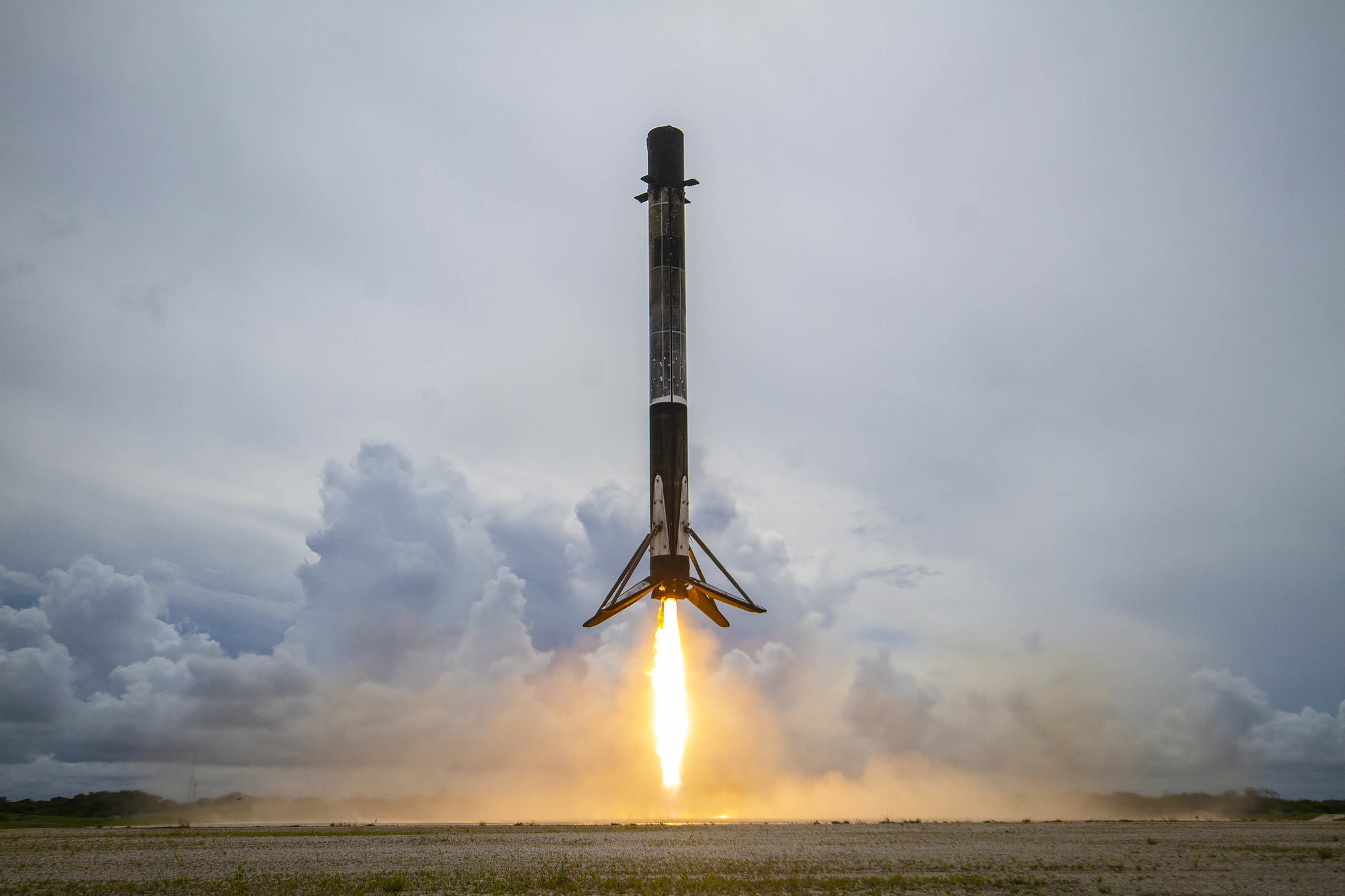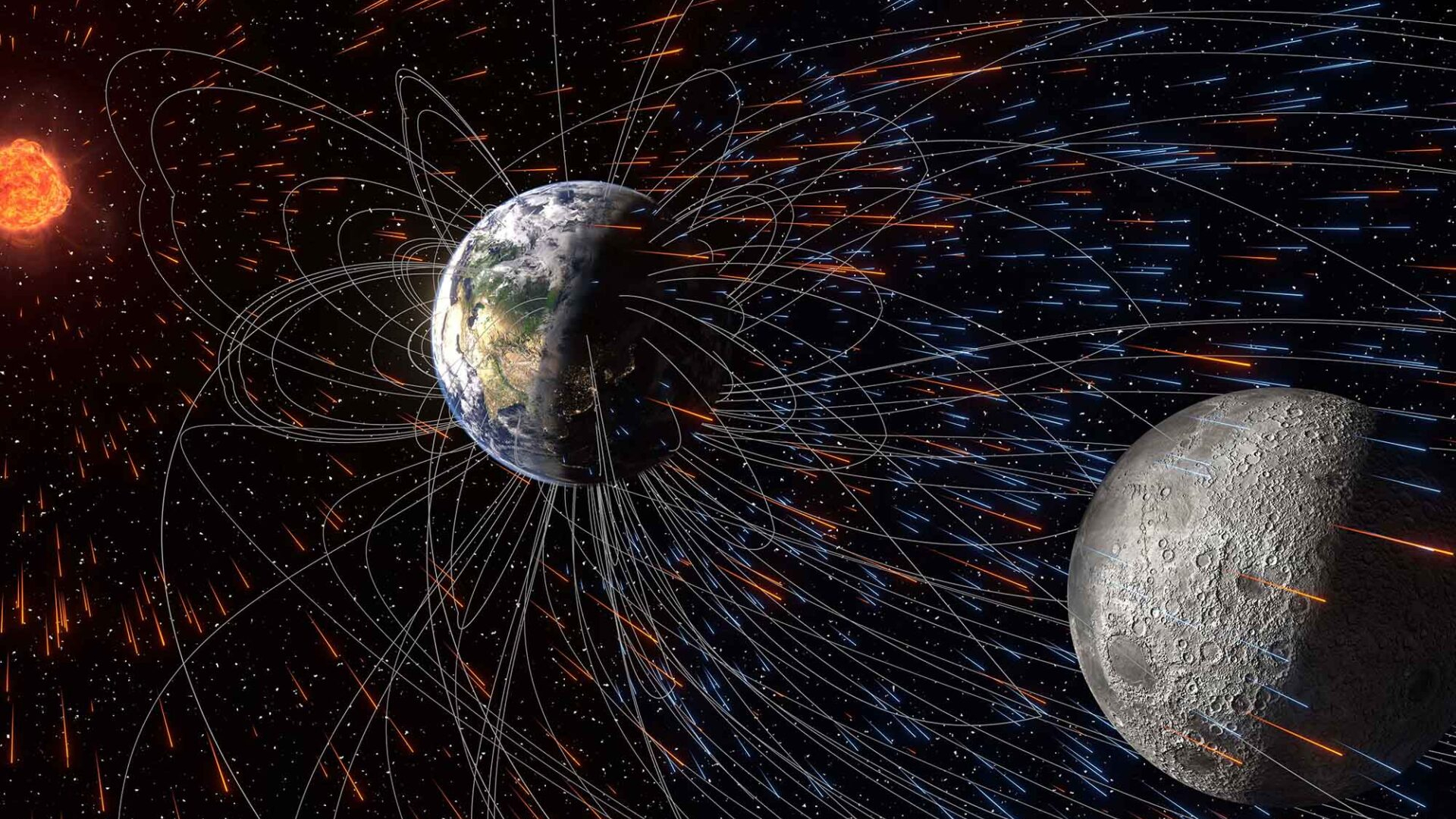SpaceX tracking camera captures epic video of Falcon 9 rocket landing
A SpaceX Falcon 9 rocket landed successfully back on Earth after delivering dozens of satellites to polar orbit this week — and a tracking camera at the launchpad caught the rocket's flawless touchdown on tape.
The Transporter-2 mission lifted off at 3:11 p.m. EST (1511 GMT) on Wednesday (June 30) from Space Launch Complex 40 at Cape Canaveral Space Force Station in Florida. Originally slated to launch on June 25, the mission was delayed a few days to allow for more prelaunch checkouts. Then, another 24-hour delay occurred on Tuesday (June 29) when the plane entered the restricted airspace around the launch site.
Less than 10 minutes after launch, SpaceX successfully landed the first stage of its Falcon 9 rocket on Landing Zone 1, LZ-1, at Cape Canaveral, only a few miles from where it launched. A tracking camera at the launchpad captured stunning views of the rocket's descent back to Earth and a precise touchdown.
Video: See SpaceX land a rocket in Florida in awesome tracking cam video
Related: Watch a SpaceX rocket ace landing on a drone ship
"That was as smooth as I'd seen it," a SpaceX commentator said during a live webcast of the mission. "We had phenomenal shots [of the rocket] all the way through the landing burn."
The landing sequence included three engine burns to slow the rocket upon descent. The third and final burn — the landing burn — began just before touchdown and provided the booster with a soft descent before landing back on Earth.
Wednesday's successful touchdown marks the eighth launch and landing of the rocket's first stage booster, B1060, since its first flight a year ago, during which it launched an upgraded GPS III satellite for the U.S. Space Force. It was also the 89th recovery of a first-stage booster for SpaceX and the first land landing of the year, given previous launches this year landed their first-stage boosters on one of the company's drone ships.
Breaking space news, the latest updates on rocket launches, skywatching events and more!
The Transporter-2 mission — SpaceX's second dedicated small-satellite rideshare program — sent 85 commercial and government spacecraft into orbit, including cubesats, microsats and orbital transfer vehicles that help to deploy all the small satellites into the correct orbits. In addition, the rocket launched three of SpaceX's own Starlink Internet satellites, for a total payload of 88 small satellites that were released into a polar orbit.
SpaceX shared another video that captures amazing views from space as the various payloads were deployed into orbit. The deployment of all 88 spacecraft was confirmed, according to the video.
NASA's PACE-1 spacecraft was the first payload deployed roughly 58 minutes into the flight. The final deployment, about 1 hour and 27 minutes after launch, included the three Starlink satellites, which are part of SpaceX's plan to build a megaconstellation to provide low-cost internet to remote locations.
The Transporter-2 mission launch marked the 20th mission this year for SpaceX and the company's fourth within a month from Florida's Space Coast.
Follow Samantha Mathewson @Sam_Ashley13. Follow us on Twitter @Spacedotcom and on Facebook.

Samantha Mathewson joined Space.com as an intern in the summer of 2016. She received a B.A. in Journalism and Environmental Science at the University of New Haven, in Connecticut. Previously, her work has been published in Nature World News. When not writing or reading about science, Samantha enjoys traveling to new places and taking photos! You can follow her on Twitter @Sam_Ashley13.

